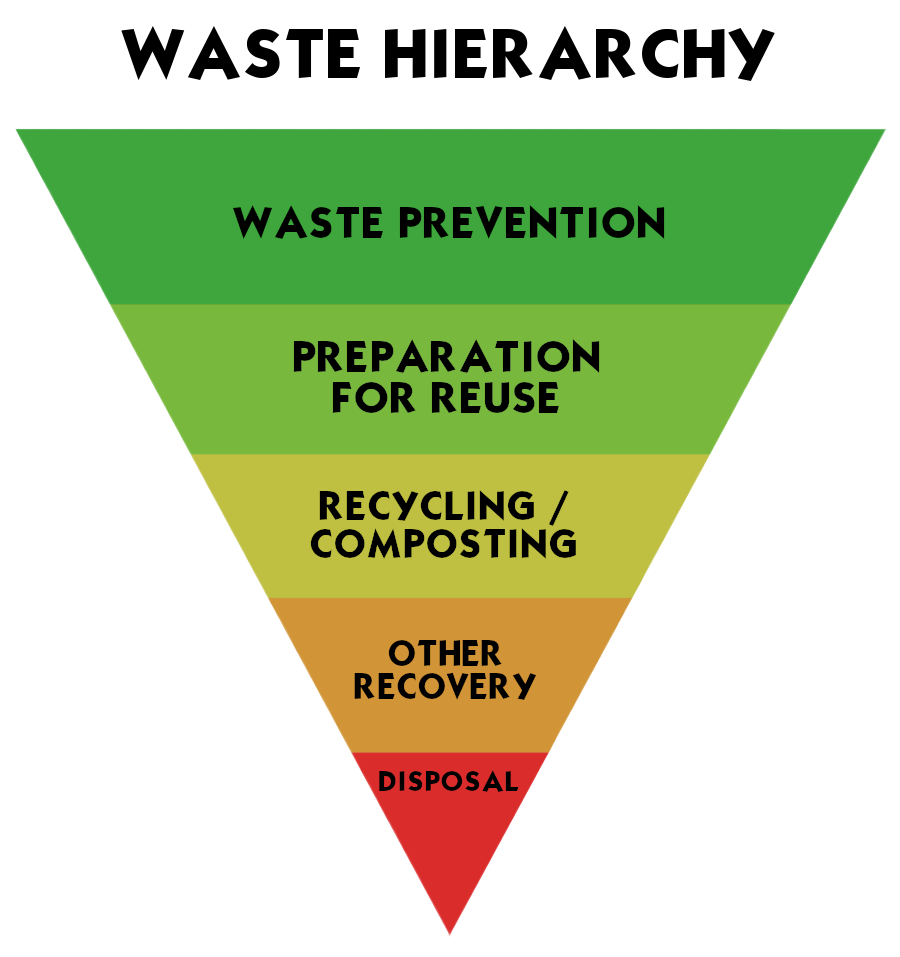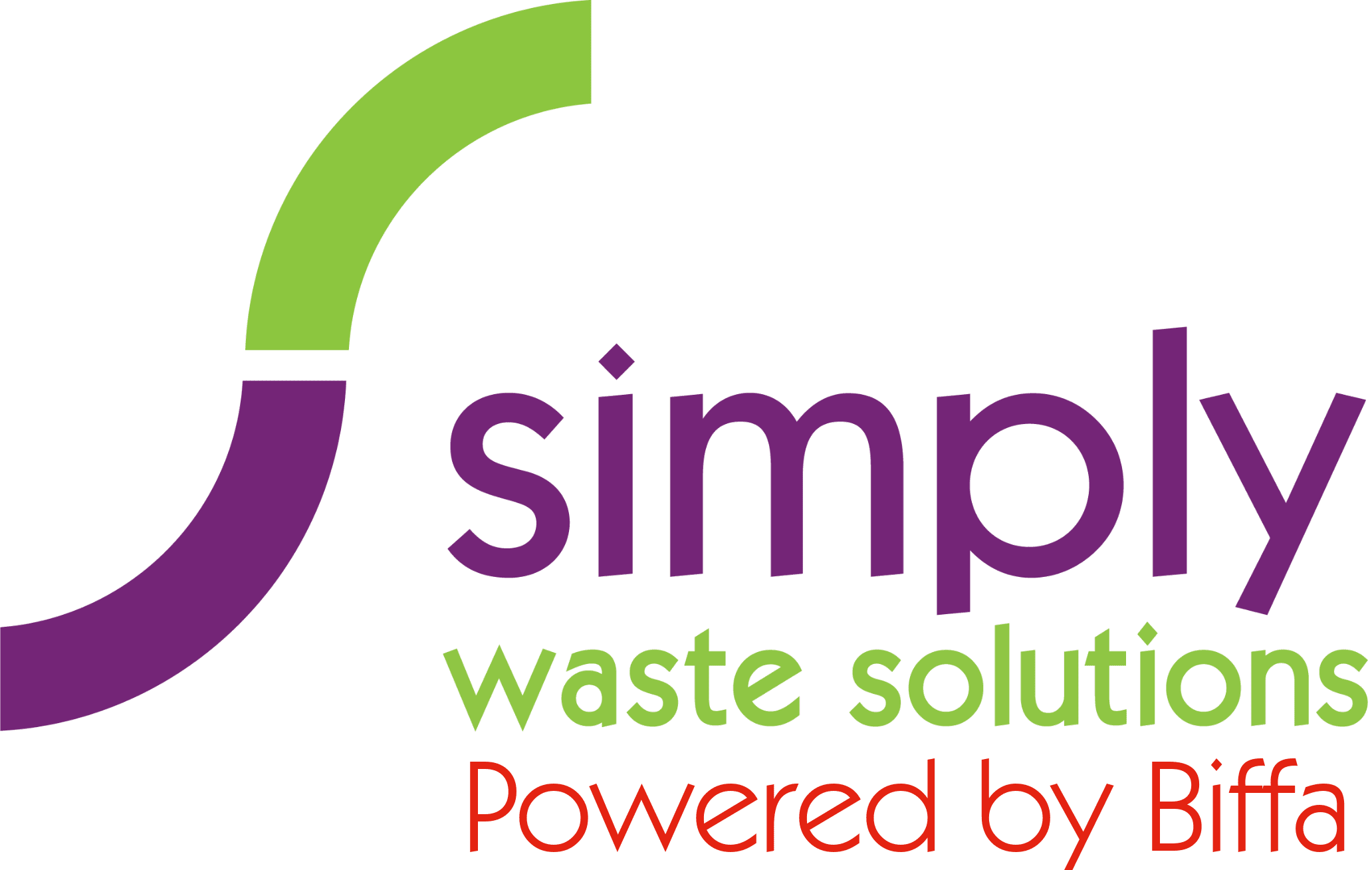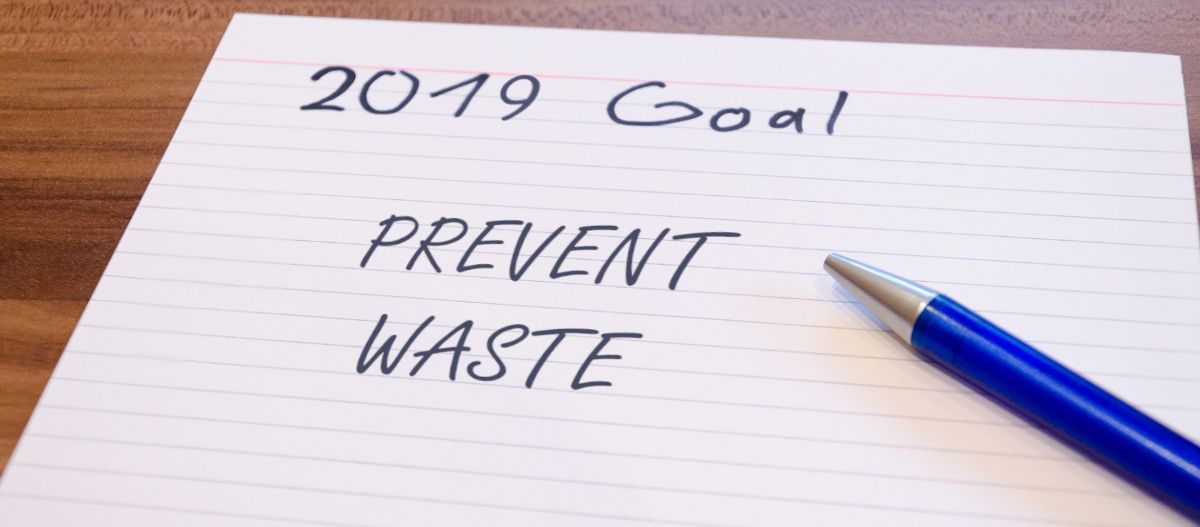
The Waste Hierarchy was designed to show the most favourable, down to the least favourable actions of waste management. The aim is to extract the maximum practical benefits and generate the minimum amount of waste. Following this model can prevent greenhouse gas emissions, reduce pollutants, save energy, reduce the use of resources and encourage the development of green technologies.
Waste Prevention
The first stage in the Waste Hierarchy is to avoid waste where possible. Whilst there is always going to be some form of waste created, there are easy steps that can be taken to reduce the amount.
- Minimise food waste by only buying what you need.
- When buying products, try to find one that has little or no packaging.
- If your business designs, manufactures or distributes products, could you use less material at any point?
- Do you have any unwanted items? Could these be sold, donated or swapped rather than going in the bin?
- And don’t forget to re-use carrier bags, refill water bottles and avoid using disposable cutlery and containers.
Preparation for Reuse
This relates to checking, cleaning, repairing, refurbishing whole items or parts for spares.
So, before you throw something away, are you sure that it can’t be repaired or refurbished and sold on?
Recycling/Composting
If something has reached the end of its lifecycle can it be recycled or composted? Not all products can be, so it’s best to check wrappers to find out if it is recyclable and check with the company that collects your recycling.
Making products from recycled materials requires far less energy and saves resources which reduces emissions.
Other Recovery
If a material can’t be recycled it can still be used by other means of recovery. The two most favourable that we use is:
- Anaerobic Digestion – a series of biological processes in which microorganisms break down organic material such as food waste in the absence of oxygen. The predominant material left is a nutrient rich fertiliser that’s used in the agriculture industry, used to grow new crops.
- Incineration with energy recovery – the process of generating energy in the form of electricity and/or heat from the primary treatment of waste. This green electricity is fed into the National Grid to power homes and businesses.
Disposal
At the bottom of the Waste Hierarchy is disposal in Landfill and incineration without energy recovery. We don’t ever use this type of disposal as we want to ensure that the most is being made of all materials we collect.
If you think your business could benefit from moving up the Waste Hierarchy get in touch with Simply Waste Solutions for a free no-obligation quote. If you’re not sure what your business could be doing better, one of our waste experts can visit your site and give advice.
Call the office on 03330 433 033
Send us an email to sales@simplywastesolutions.co.uk
Or talk to us via live chat

 Sales 03308 285 687
Sales 03308 285 687 